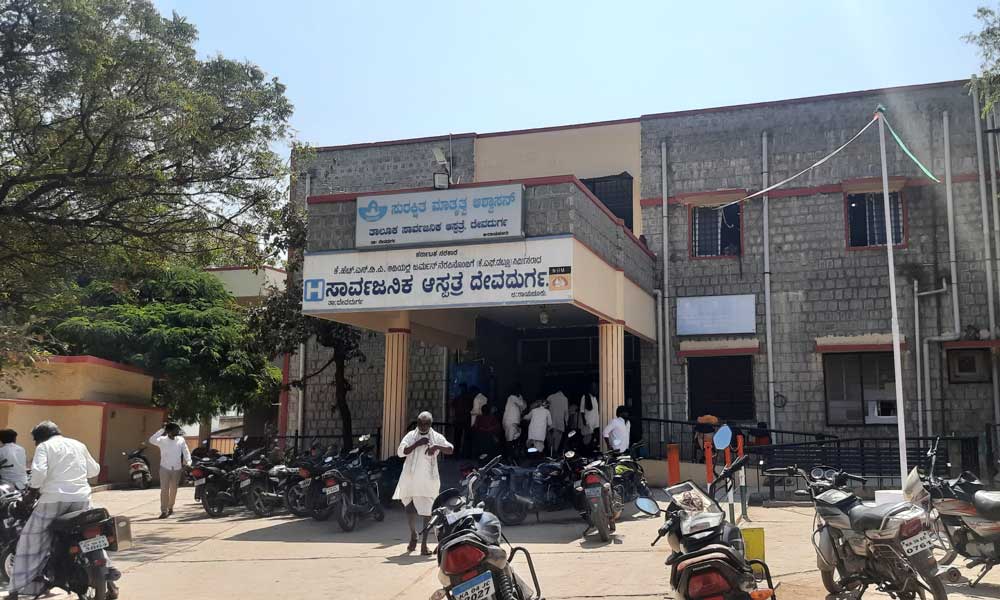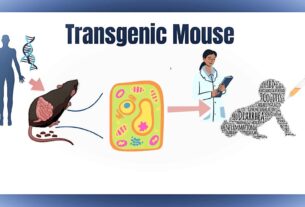Expert says shortage of staff leads to long waiting lines of patients and lower quality treatments.
Pregnant women unattended, children coughing and injured patients waiting for treatment. This is the scene one witnesses in the sole government hospital of Devadurga taluk. This problem arose due to shortage of staff and budget constraints.
Dr. Banadesh, Taluk Health Officer, Devadurga said that inadequate staffing policies and budget constraints affect recruiting new personnel. He also said that this impacts the hospital. “Inadequate staff and less budget leads to longer waiting lines and lower quality care to patients,” he said.
With fewer staff members available to monitor patients and respond to emergencies, there may be delays in providing necessary care, putting patients at risk, said Banadesh.
According to a report, India needs 4.3 million more nurses by 2024 to meet World Health Organization (WHO) criteria. India’s current nursing ratio is 1.7 per 1,000 people, which is less than the three per 1,000 population that WHO recommends.
Kumari Pratiksha, who was seven months pregnant, was waiting to meet a gynecologist in the government hospital. She said, “For two hours I was waiting to meet the gynecologist but the doctor was busy in a surgery and no other gynecologists are there in the hospital.” Pratiksha also said that staff was not responding and told her to visit after a few hours.
Dr. Shivanand, Chief Medical Officer of Devadurga government hospital said most aspirants to jobs had insufficient training and could not be recruited, resulting in shortage of staff.
He also said that the people are shifting to cities for better life and pay as there are limited career advancement opportunities within the public healthcare system and hence fewer staff is available in Devadurga.
Shanthamurthy, a middle-aged lady in Devadurga government hospital said, “My husband has problem walking and doctors had said that we would find an attendant to help at the hospital, but there is no attendant. For injections too, I have to call the nurse many times.”
According to a report by The Ministry of Health and Family Welfare (MoHFW), Rural Health Statistics (RHS) 2021, there is a seven percent shortage of doctors at Primary Health Centres (PHC) and 57% shortage at Community Health Centres (CHC) in both rural and urban areas. This reduces access to essential health services, longer travel distances for patients and communities may experience poorer health outcomes.
Dr. Garima, Ayurveda, Yoga and Naturopathy, Unani, Siddha, and Homeopathy (AYUSH) medical officer at government Primary Health Centre in Devadurga said that the government requires PHCs to have one doctor and a medical officer per center. But they only have a doctor and the medical officer took transfer in August 2023, after that no medical officer has been appointed.
According to a report by National Rural Health Mission (NRHM) to address staff shortages, healthcare workers often work overtime, share duties, and split their time between multiple facilities.
Dr. Nirmala Devi, an AYUSH medical officer said that heavy workload and long working hours causes burnout and dissatisfaction among healthcare workers leading them to quit or transfer. She said that in 2022 there were two pediatricians but one of them got transferred to Raichur district hospital.
As per a survey conducted by the Medico Legal Society of India (MLSI), doctors are not willing to work in the public healthcare sector mainly because of unfavorable working conditions.
A doctor from the government hospital said that the main challenge right now in recruiting specialized healthcare professionals is the geographical location and poor working conditions like inadequate infrastructure, equipment and safety measures.
Shivanand also said that no new recruitments have been conducted since a year.
Global guidelines demand better human resources for health.
The Workforce 2030 Report, states that improvements in population health and overall social and economic development are made possible by sufficient investment in the health workforce as well as availability of staff.
According to a WHO report, India will require at least 1.8 million doctors, nurses, and midwives by 2030 in order to reach the threshold of 44.5 skilled health workers per 10,000 people.




